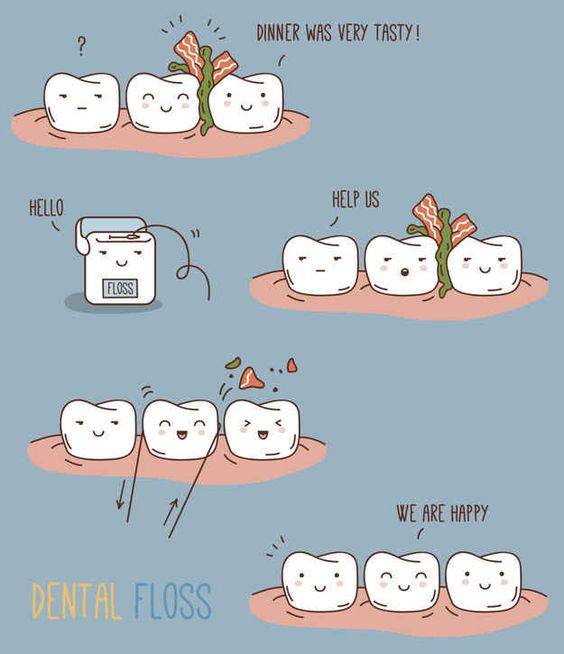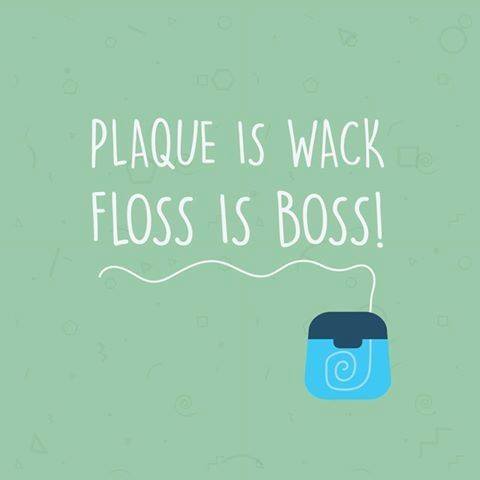One of the ADA oral hygiene recommendations is for people to clean between their teeth once a day, meaning that they should engage in daily, mechanical interdental cleaning. Although “flossing” is the term commonly used for interdental cleaning, interdental cleaning devices include not only dental floss, but also wooden sticks, small brushes, and oral irrigators (i.e., “water flossers”).
There has been recent press coverage calling into question the recommendation for daily flossing.1 What is the evidence about the impact of flossing on oral health? In terms of managing gingivitis, the 2011 Cochrane Systematic Review on the topic2 found that by the standards of the GRADE Working Group grades of evidence, the evidence on this question is of very low quality, due to uncertainty about the estimate because of the small number of studies, sample sizes, and some concerns regarding interpretation of the results. With these caveats and limitations in mind, the summary of results of these short-term (i.e., up to 6 months of follow-up) investigations were that when flossing was added to toothbrushing, there was a statistically significant, albeit clinically small, reduction in the measures of gingivitis.2 An earlier meta-analysis by Berchier et al.3 explored the impact of adding flossing to brushing on indices of plaque and gingival health and failed to find statistically significant improvement. They nonetheless concluded that a first consideration ought to be whether high-quality flossing is an achievable goal.
A meta-analysis of studies examining the impact of flossing on interproximal caries, found that regular (5 days per week) professional flossing resulted in a statistically significant reduction in interproximal caries, a result that was not seen with intermittent (every 3 months) professional flossing nor self-flossing.4
Evaluating benefit from flossing is thus complicated by it being a technique-sensitive intervention. Recent data indicate that people are not always truthful when reporting about their engagement in flossing behavior.5 Adding to these insights is the understanding that success with behavior change can be challenging.6 It becomes clearer that when it comes to communicating messages about oral hygiene, a single message may not cover all situations.
What approach should clinicians take on a topic, such as flossing, when there isn’t strong evidence? The first is to recognize that even in the absence of strong evidence, patients often look to the professional for guidance. In this case, while the average benefit is small and the quality of the evidence is very low (meaning the true average benefit could be higher or lower), given that periodontal disease is estimated to affect half of all Americans,7 even a small benefit may be helpful. The other side of the benefit-risk analysis is an absence of documented harms as well as minimal cost to patients. Considering all this along with issues specific to the individual will allow the dentist to tailor an appropriate message for their patient.”
Source: Center for Scientific Information, ADA Science Institute
http://www.ada.org/…/the-medical-benefit-of-daily-flossing-…

